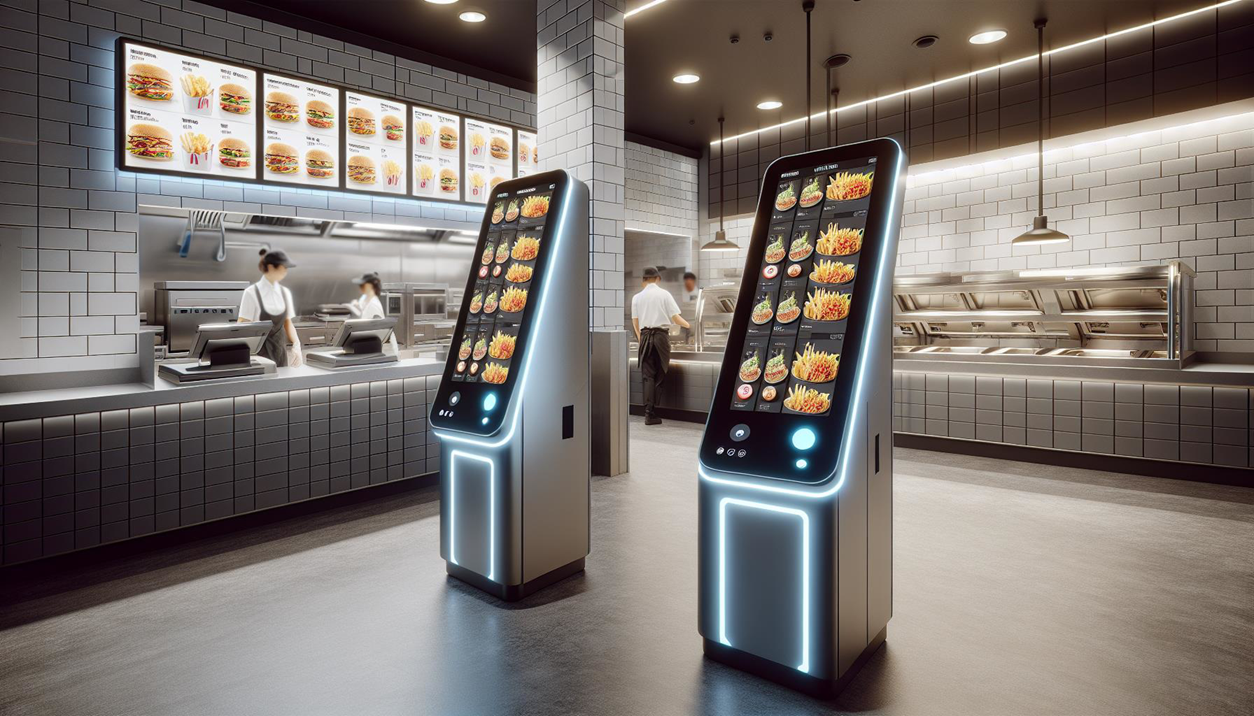Introduction to Self-Service Kiosks
Self-service kiosks have been a part of the fast-food landscape for over 25 years. Initially introduced as a means to streamline operations and reduce labor costs, these kiosks were expected to replace human cashiers. However, the reality has been quite different.
In 1999, the now-defunct trade industry publication Business Information reported that McDonald’s was developing an electronic order-taking system that could potentially replace some human employees. This prediction, however, did not fully materialize as expected.
Increased Workload for Kitchen Staff
Contrary to the initial predictions, the introduction of touchscreen kiosks has not reduced the need for human workers. Instead, it has increased the workload for kitchen staff. With more customers using kiosks to place their orders, the volume of orders has surged, requiring more hands in the kitchen to prepare the food.
This unintended consequence has led to a reallocation of labor rather than a reduction. Employees who might have been at the cash register are now needed in the kitchen to handle the increased demand.
Impact on Customer Ordering Behavior
Another unexpected outcome of the kiosk implementation is the change in customer ordering behavior. Studies have shown that customers tend to order more food when using a kiosk compared to ordering at the cash register. The ease of browsing the menu and the absence of social pressure to limit their order contribute to this phenomenon.
This increase in order size has been beneficial for fast-food chains in terms of revenue, but it also means that kitchen staff must work harder to fulfill these larger orders.
Lessons for Artificial Intelligence in Drive-Thru Lanes
The experience with self-service kiosks offers valuable lessons for the next wave of technological innovation in fast-food chains: artificial intelligence (AI) in drive-thru lanes. Chains are now experimenting with AI to take orders at drive-thrus, aiming to improve efficiency and accuracy.
However, the lessons learned from kiosks suggest that AI implementation may also have unintended consequences. It is crucial for companies to anticipate these potential outcomes and plan accordingly to avoid overburdening their staff and to ensure a smooth transition.
Customer Experience and Satisfaction
While self-service kiosks have streamlined the ordering process for many customers, they have also introduced new challenges. Some customers find the kiosks confusing or frustrating to use, which can negatively impact their overall experience.
Fast-food chains must balance the benefits of technological advancements with the need to maintain high levels of customer satisfaction. Providing adequate support and alternative ordering options is essential to cater to all customers.
Economic Implications
The introduction of self-service kiosks has had significant economic implications for the fast-food industry. While the initial goal was to reduce labor costs, the reality has been more complex. The increased demand for kitchen staff has offset some of the anticipated savings.
Moreover, the investment in kiosk technology and ongoing maintenance costs must be considered. Fast-food chains need to evaluate the long-term financial impact of these technologies to ensure they are making sound business decisions.
Future of Fast-Food Technology
As technology continues to evolve, the fast-food industry will undoubtedly see further innovations. From AI-driven drive-thrus to advanced kitchen automation, the possibilities are vast. However, the experience with self-service kiosks highlights the importance of careful planning and consideration of potential unintended consequences.
Fast-food chains must remain adaptable and responsive to the challenges and opportunities presented by new technologies to ensure they can continue to meet customer needs and maintain operational efficiency.
Conclusion
The introduction of self-service kiosks in fast-food chains like McDonald’s has not played out as initially expected. Rather than reducing the need for human workers, kiosks have increased the workload for kitchen staff and changed customer ordering behavior.
As the industry looks to the future and explores new technologies like AI in drive-thru lanes, it is essential to learn from the experiences with kiosks. By anticipating potential challenges and planning accordingly, fast-food chains can harness the benefits of technology while minimizing unintended consequences.
